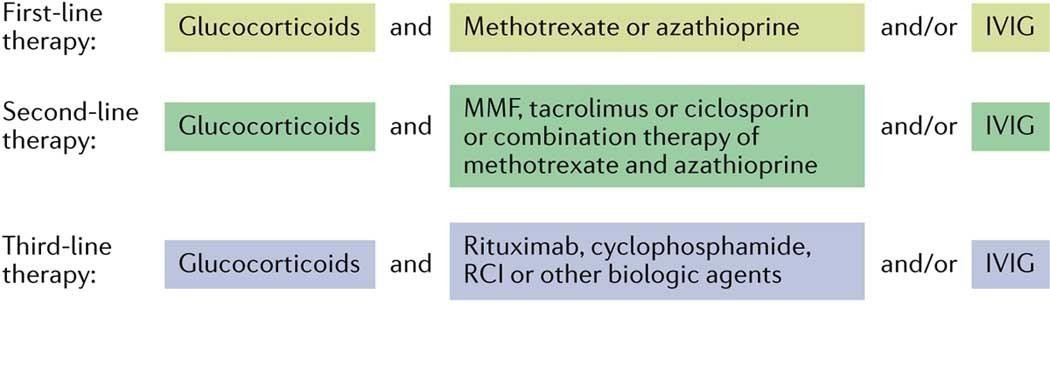Lisa, 49, has actinic keratosis on her left cheek and opts for treatment with topical 5-FU. She is generally healthy with no other significant past medical history. What should the nurse instruct her?
Avoid crowded places due to infection risk.
S-FU will prepare the lesion for surgical removal.
Nutritional intake should be monitored due to risk of anorexia.
The treated areas will be eroded and take weeks to heal.
The Correct Answer is D
A. Actinic keratosis treatment with topical 5-FU does not increase the risk of infection to the extent that avoiding crowded places would be necessary.
B. While 5-FU may be used to treat actinic keratosis, it does not necessarily prepare the lesion for surgical removal.
C. There is no direct association between topical 5-FU treatment and anorexia.
Nutritional intake monitoring may not be necessary unless symptoms develop.
D. Topical 5-FU causes localized irritation, erosion, and crusting of treated areas, which typically take weeks to heal. This instruction is important for the patient to understand the expected outcome of the treatment.
Nursing Test Bank
Naxlex Comprehensive Predictor Exams
Related Questions
Correct Answer is A
Explanation
A. Inflammatory myositis, such as dermatomyositis, is typically treated with immune modulators like methotrexate to suppress the immune system and reduce inflammation.
B. NSAIDs may help with pain relief but are not typically used as the primary treatment for inflammatory myositis.
C. IV immunoglobulin may be used in some cases of inflammatory myositis, particularly in those with refractory disease, but it is not the first-line treatment.
D. Vitamin D supplements are not specific treatments for inflammatory myositis.

Correct Answer is B
Explanation
A. Bronchial blood supply evaluation is not a direct method of monitoring oxygenation status.
B. Oximetry measures oxygen saturation (SaO2) continuously and non-invasively, providing real-time information about oxygen levels in the blood, which is essential for monitoring a patient with COPD.
C. Mixed venous blood gases provide information about oxygen extraction by tissues but are not commonly used for continuous monitoring of oxygenation status.
D. Pulmonary blood supply evaluation may involve various imaging techniques or invasive procedures but is not used for continuous monitoring of oxygenation status.
Whether you are a student looking to ace your exams or a practicing nurse seeking to enhance your expertise , our nursing education contents will empower you with the confidence and competence to make a difference in the lives of patients and become a respected leader in the healthcare field.
Visit Naxlex, invest in your future and unlock endless possibilities with our unparalleled nursing education contents today
Report Wrong Answer on the Current Question
Do you disagree with the answer? If yes, what is your expected answer? Explain.
Kindly be descriptive with the issue you are facing.
